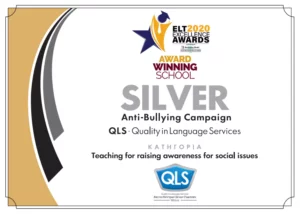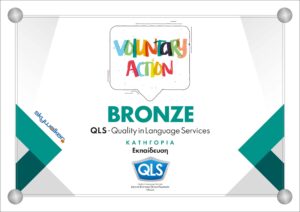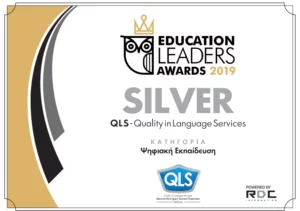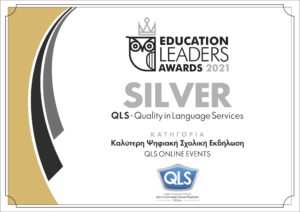In this post we are going to see the structure of a generic formal letter in English step by step, as well as vocabulary and frequent phrases that will be very useful when you sit in front of a blank piece of paper.
Although at first it may sound somewhat old-fashioned, knowing how to write a formal letter or email in English is a task that you may have to face, either as a test in an exam (for example, if you take a B2 level exam) or in a real context: apply for a job, a scholarship, get a client…
There are many types of formal letter. Presentation, thanks, resignation, follow-up, suggestion, to request information or to apologize are some of the most common.

1. Letterhead
In the upper right part of the sheet our data should appear, while in the upper left we will write those of the recipient.
Basic information that the letterhead should include:
Name and surname/company/institution
City
Postal code
Contact (phone or email address )
For example:
Harry Potter
London
WD25 7LR
harry_potter@gmagic.com
The date must go in the upper right corner, below the address, and it is best to put it in full:
April 23, 2022
23rd April 2022
Thursday, 23rd April
Example of the letterhead in a formal letter:
Harry Potter
London
WD25 7LR
harry_potter@gmagic.com
(ISSUER OF LETTER)
Hogwarts School
Edinburgh
EH1 1BL
hogwarts@schoolofmagic.com
(ADDRESSEE)
Thursday, 23rd April
(DATE)
2. Greeting
After the letterhead of the letter, or directly in the email, we must formally greet the person or entity to whom we address the letter.
If we know the name of the recipient, we will use Dear (dear) + Mr (for men) or Ms (for women) and their last name.
For example:
Dear Mr Dumbledore,
Dear Mr Dumbledore.
If we do not know the name of the recipient of the letter or email , we can use Sir if it is a man or Madam if it is a woman.
If the person you are writing to is known and you think you can address them in a slightly more relaxed way, you can greet them like this:
Hello, Hermione,
Hi Ron,
Good morning, Draco,
Minerva,
3. Introduction
After the greeting, you need to introduce yourself and clearly explain why you are writing that letter or email .
If this is your first time addressing that person, start with:
My name is… My name is
…
Then, you can introduce the reason for your writing with one of these phrases:
- I am writing this letter
… - I am contacting you to
… - In reply to your letter…
In reply to your letter… - I am writing to… inform, inquire, apply for
…
- I am writing with regard to
…
- I am writing on behalf of
…
- I am writing in connection with
…

4. The body of the letter
In the body of our formal letter in English we will explain in detail the reasons for our letter. To do this, we will use clear and concise language, we will avoid informal and colloquial expressions, as well as abbreviations and contractions:
![]() I am
I am
![]() I’m
I’m
Use short words and formal but friendly language. Avoid direct questions:
![]() I was wondering if you have read my last email
I was wondering if you have read my last email
![]() Did you read my last email?
Did you read my last email?
Divide your message into paragraphs to make it easier for the recipient to follow the message; use connectors to join your ideas. In the first paragraph, the reason for your letter must be clear.
And, above all, check the spelling!
5. Farewell
To end your formal letter or email in English, we will use a cordial farewell.
The first thing we have to do is thank the recipient for their attention:
- Thank you in advance.
Thanks in advance. - Thank you for your help.
Thanks for your help.
We will always use thank you and not thanks or cheers , which are too informal for writing.
We can also use any of these expressions:
- I look forward to hearing from you.
I look forward to hearing from you soon. - If you have any questions, do not hesitate to contact me.
If you have any questions, feel free to contact me.
Followed by these phrases, we close the letter with a more concise farewell:
- Respectfully,
- Cordially,
- Sincerely,
- Yours sincerely,
- Yours cordially,
- Cordially,
- Yours faithfully,
- Regards,
- Greetings,
- Best regards,
- Best wishes,
- See you soon,
Now you just have to sign with your full name and that’s it! You already know the structure for writing a formal letter in English.


















